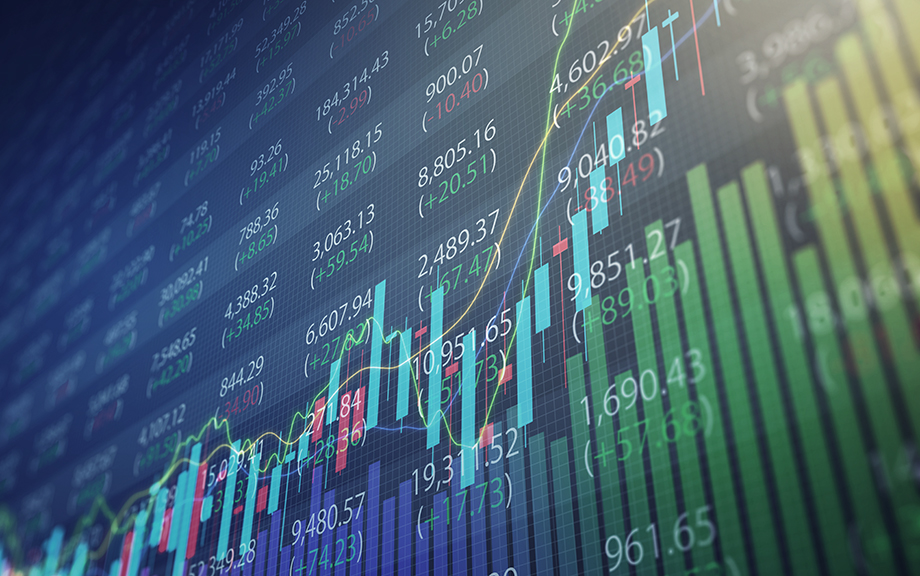
A growing number of climate-related policies have been adopted globally in the past thirty years (see chart below). The risk to economic activity from changes in policies in response to climate risks, such as carbon taxes and green subsidies, is often referred to as transition risk. Transition risk can adversely affect the real economy through […]



















 RSS Feed
RSS Feed Follow Liberty Street Economics
Follow Liberty Street Economics